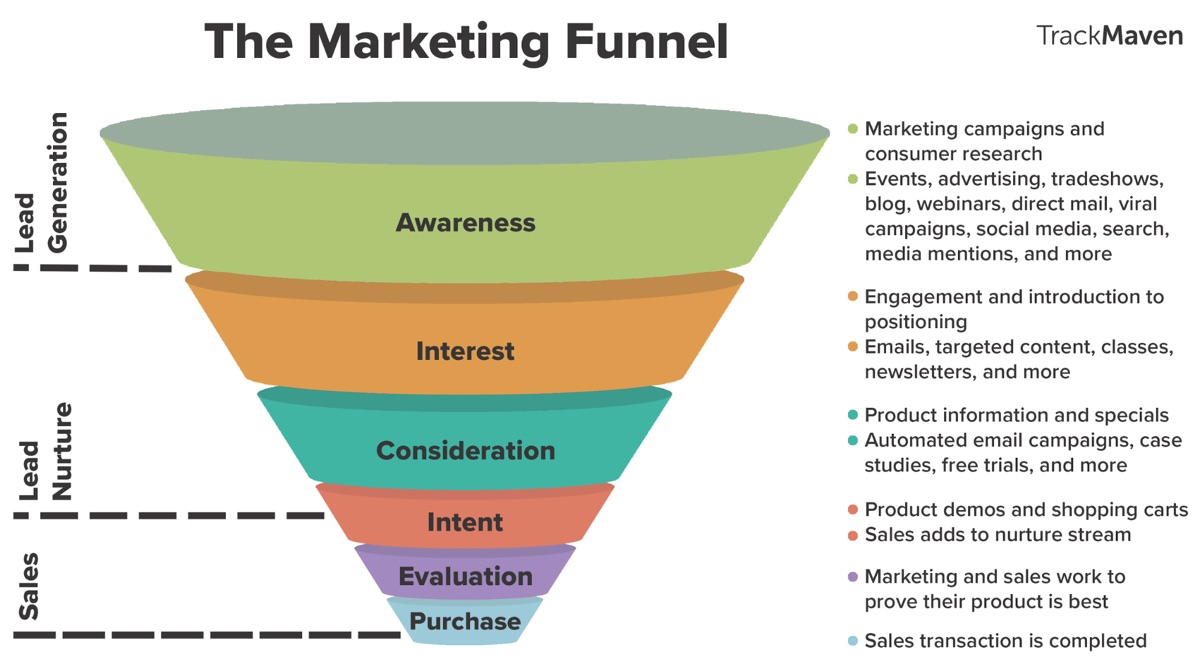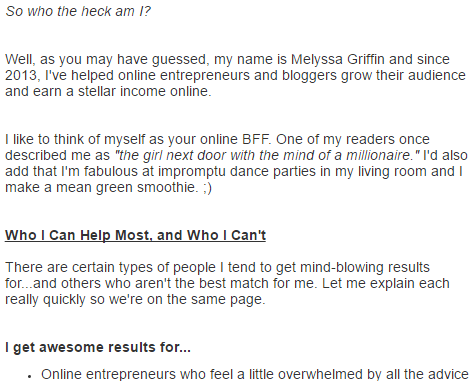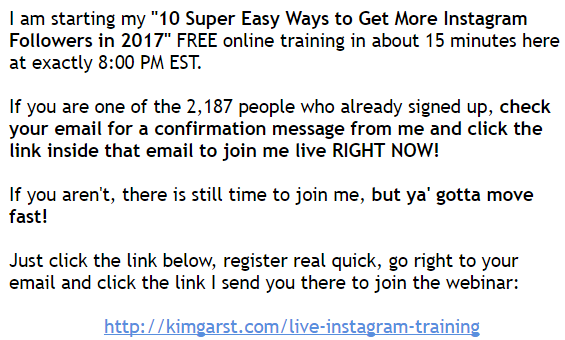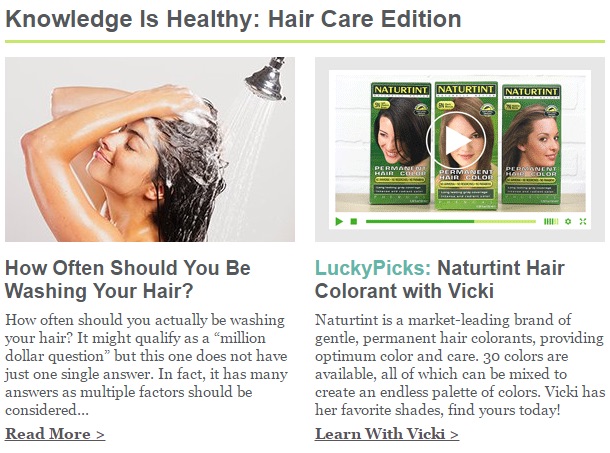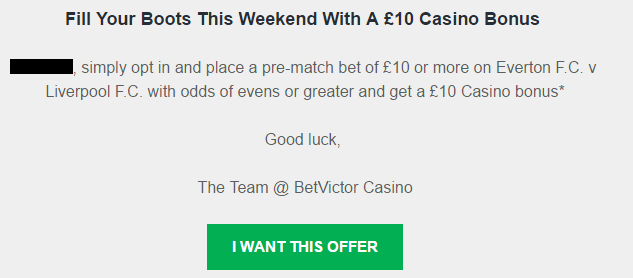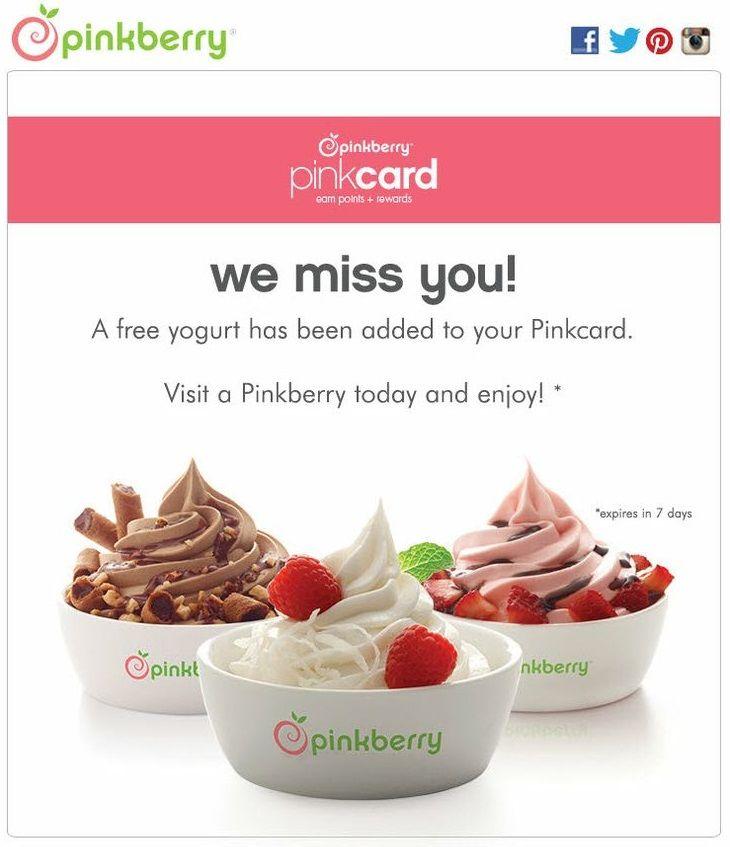If you’re familiar with the world of digital marketing – you’ve probably come across the term “marketing funnels.” And no, they have nothing to do with plastic instruments you would use in the kitchen or the smoking chimneys found on steamboats.
Instead, a marketing funnel describes the journey a person takes from initially visiting your website to becoming a paying customer. With a clearly defined funnel, you can optimize each lead’s journey to maximize the chances that they’ll eventually become paying customers.
Check out this marketing funnel diagram, courtesy of TrackMaven:
Since leads can exit your funnel at any stage, it’s important that you keep them engaged at all times and constantly moving towards the end of the funnel. One of the best ways to do this is with customer activation emails.
Depending on which stage of the funnel your lead is in, I recommend sending activation emails with one of five purposes:
- Initial Indoctrination – Help leads to get familiar with your brand.
- Engagement – Encourage leads to take small actions and build familiarity.
- Conversion – Encourage leads to make a purchase and become customers.
- Reengagement – Reacquaint dormant customers with your brand.
- Advocacy – Encourage customers to refer their friends to your company.
Here’s how to put these different activation emails into practice:
1. Initial Indoctrination
This type of email needs to educate new leads about your brand. Allow them to get familiar with the ethos of your brand and try to convey the value you consistently provide to your customers with your products and services.
Since between 30-50% of leads that enter a marketing funnel are qualified but not ready to buy, this is not the time to discuss specific product offerings or try to get a sale. Simply treat this phase as an opportunity to build trust and establish a relationship with each lead.
Marketer and entrepreneur Melyssa Griffin sends out an excellent initial indoctrination email as soon as you subscribe to her mailing list.
She conveys elements of her personality, such as her penchant for green smoothies and dance parties, and also makes it clear what types of people will benefit from her newsletter. Her informal tone of writing is incredibly endearing and allows new leads to warm to her immediately.
She also states that she can’t help people who: “Aren’t willing to put in a little work to make their dreams a reality. My strategies don’t work unless you do.”
In other words, she makes it clear that she isn’t selling a magic pill – and her advice requires real action in order to be successful. This immediately builds integrity, compared with marketers who promise the moon and then fail to deliver.
2. Engagement
Once a lead is somewhat familiar with your brand and your messages stand out from the multitude of emails in their inbox, you can move to the engagement phase. This entails strengthening the relationship with your lead by sending them contextually relevant, high-value content.
You aren’t going for the sale just yet, but you’re warming the lead to your products and services. Many marketers offer case studies, free webinars and other pieces of informative content during this phase in order to build rapport.
Entrepreneur and social media expert, Kim Garst, demonstrates exactly how to promote a free webinar via email:
The title of the webinar clearly conveys what information will be imparted, social proof is leveraged by mentioning the number of people already signed up, and urgent language encourages leads to sign up immediately instead of procrastinate.
3. Conversion
Once a lead has engaged with your brand (perhaps by reading a few blog posts or attending a free online webinar) and has learned about the value of your products and services, you can begin encouraging these leads to make a purchase.
At this stage, start discussing the ways in which your products and services can benefit the lead. Buying is an emotional – rather than a rational process – which is why it helps to discuss the benefits of your products rather than its objective features.
If you can get your leads to start visualizing how their life will be enhanced after purchasing from you, this is an excellent starting point.
In my experience, promoting discounts via email is an excellent way to create scarcity and encourage leads to purchase immediately.
Try including compelling imagery in your conversion emails. In the following image by Lucky Vitamin, notice how “50% Off” and “Shop Now” really stand out from the rest of the image, due to a careful choice of colors, placement and font size.
Immediately beneath this image, Lucky Vitamin provides contextually valuable content for its readers with an article about hair washing. Adjacent to it is an article about hair coloring, which simultaneously promotes another product.
By delivering informative content mixed with product promotions, you can encourage sales while also growing trust for your brand.
4. Re-Engagement
Think of the re-engagement phase as a second engagement phase. The principle of providing value through useful content still applies, except now, you’re targeting customers instead of leads.
Since you already have a purchase history for each customer, segmenting your re-engagement emails according to each customer’s interests is a great way to make your emails feel more personal.
In a 2013 study by Experian, personalized promotional emails had 29% higher unique open rates and 41% more unique click-through rates.
If a customer has purchased a particular type of product, send them re-engagement messages pertaining to that.
Sports betting sites, such as BetVictor, are notorious for sending personalized bonuses to players who haven’t wagered in a while. For instance, players who primarily bet on mixed martial arts fights receive different email bonuses than those who bet on soccer.
By sending personalized offers to segmented audiences, you dramatically improve your chances of re-engaging previous customers.
In a study by Campaign Monitor, marketers noted a 760% increase in revenue from segmented campaigns.
Pinkberry, a restaurant franchise that specializes in frozen desserts, sends its customers free gifts if they’ve been absent for a while. Because the offers have time restrictions (in this case, 7 days), a sense of urgency is created that leads to higher purchases.
5. Advocacy
Finally, when a person makes multiple purchases and develops an emotional connection with a brand, they have the potential to transform from a customer to a brand advocate.
It’s essential to single out these people, based on their customer history, and send them personalized emails encouraging them to tell their friends about your brand.
Because you’re specifically targeting people who have a history of positive interactions with your brand, they’re far more likely to be receptive.
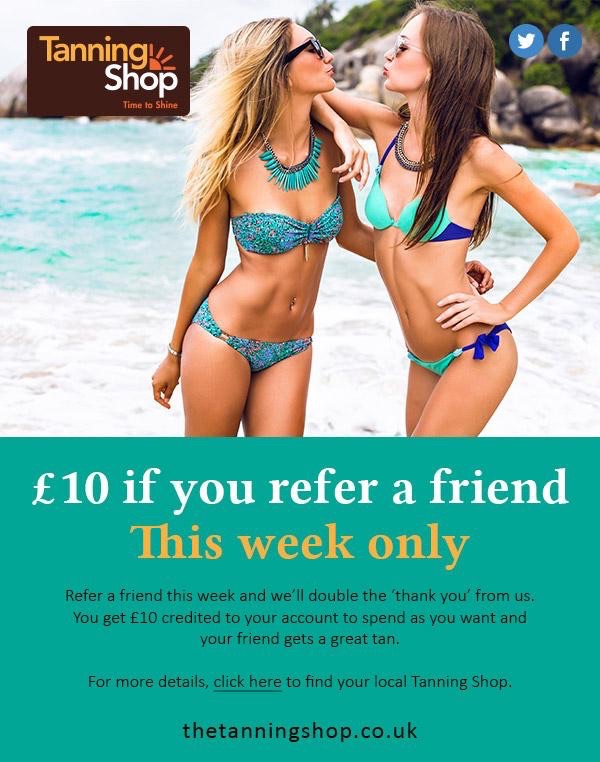
Judging by this advocacy email by tanning salon franchise, Tanning Shop, the brand has a very clear buyer profile (young, predominantly female, takes pride in their physical appearance, enjoys travel, wants to look good on the beach).
People like this usually have friends who match the same buyer profile, making incentivized referral emails a no-brainer in this situation.
How to Build Your Email Funnel
Now that you know the types of customer activation emails you should be sending, you can move onto building out your funnel.
If you’ve never done any sophisticated email marketing before, this phase can sound like a technical nightmare, but it’s much easier than you would expect. Most email marketing platforms are simple to use, even if you have no prior experience.
First, it’s important to choose the right platform based on your specific requirements.
With Kissmetrics Campaigns, it’s easy to create behavior based, automated emails for every step of your funnel. Campaigns is also tightly integrated with Analyze, which is extremely helpful for measuring the impact of your campaigns and analyzing user behavior.
Next, you’ll need a killer lead magnet and an email opt-in form conveniently located on your site. Try placing your form in a feature box or directly beneath each blog post for excellent visibility (split test your form’s placement for best results).
Once you’re ready to begin marketing, input the content for each automated email in your sequence and determine when each email will be sent. I recommend sending the indoctrination email straightaway, and your engagement email the day after.
With the Kissmetrics Funnel Report, you can see where exactly people are dropping out of your funnel. If people are clicking through to your landing page but aren’t converting, you might want to set this as a trigger that sends a personalized email the next day reminding them of what they’re missing out on.
Once your form and email funnel sequence are properly integrated, you’re ready to start collecting leads.
With an automated email funnel, scaling your marketing (and business) becomes much easier.
Can you think of any other email strategies for keeping people engaged with your marketing funnel? Please let me know in the comments below.
About the Author: Aaron Agius, CEO of worldwide digital agency Louder Online is, according to Forbes, among the world’s leading digital marketers. Working with clients such as Salesforce, Coca-Cola, IBM, Intel, and scores of stellar brands, Aaron is a Growth Marketer – a fusion between search, content, social, and PR. Find him on Twitter, LinkedIn, or on the Louder Online blog.
